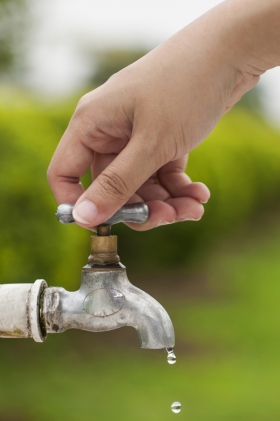Conserving water and climate change

There's more to trying to slow down climate change than just cutting greenhouse gas emissions. Technology, policies or plans that aim to do so should also take environmental factors such as water usage into account. A more integrated approach might make some options considerably more attractive than others, especially when implemented in arid countries such as Australia, advise Philip Wallis of Monash University in Australia and colleagues, in an article in Springer's journal Climatic Change.
The researchers considered the example of Australia to show how water usage influences the appeal of certain preferred mitigation options. They analyzed 74 options that were ranked in the influential "Low Carbon Growth Plan for Australia" in 2010, and together could help Australia cut its 2000 emission levels by 25 percent by 2020.
The options varied considerably as to how much water each one uses. Energy efficiency measures were found to reduce water consumption, as do measures in the power sector generally. Renewable options such as solar thermal power only moderately impact water consumption. Further reductions are possible by tapping into existing power-related water supplies or using air or salt-water cooling. Wind power, biogas, solar photovoltaics, energy efficiency and operational improvements to existing power sources can reduce water demand by offsetting the water used to cool thermal power generation. This could help save nearly 100 Mmᶾ of water in Australia annually by 2020. Wallis believes the technologies and locations used for renewable energy should appropriately reflect water constraints.
Land-based mitigation measures such as "carbon farming" for carbon credits and the suggested reforestation of land use the most water. This is likely to influence catchment water yields, depending on where planting takes place. Although such plantings can also help reduce salinity, erosion, and flooding, the researchers believe some of these endeavors should be reconsidered, either in the scale of plantings, their location, or the carbon price required for these to be cost effective.
Leaking faucet image via Shutterstock.
Read more at ScienceDaily.
2014©. Copyright Environmental News Network
http://www.enn.com/climate/article/47561